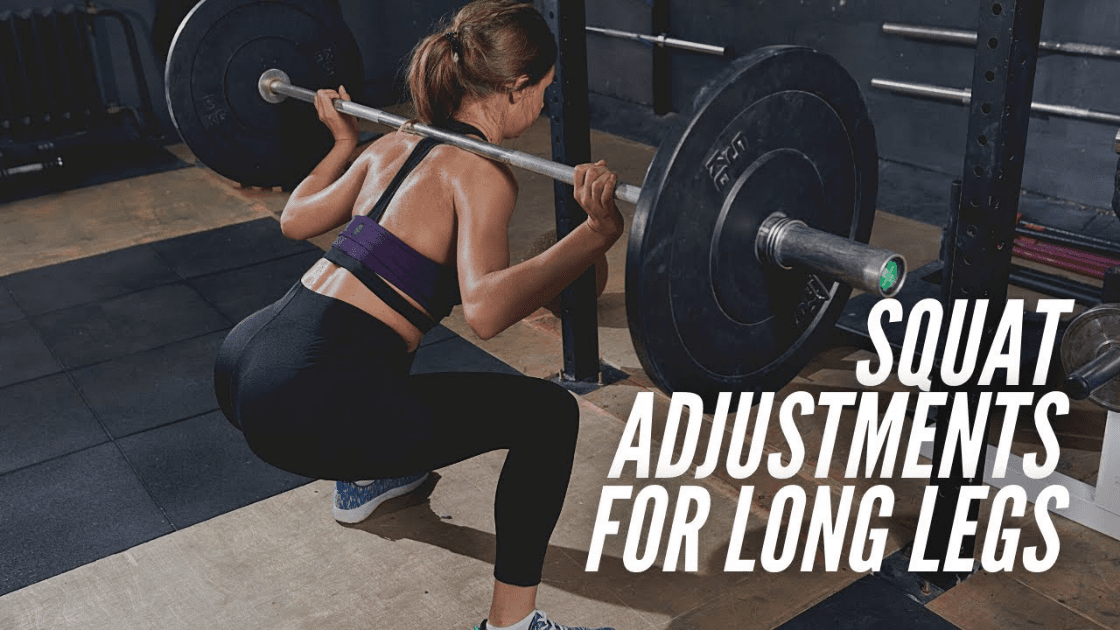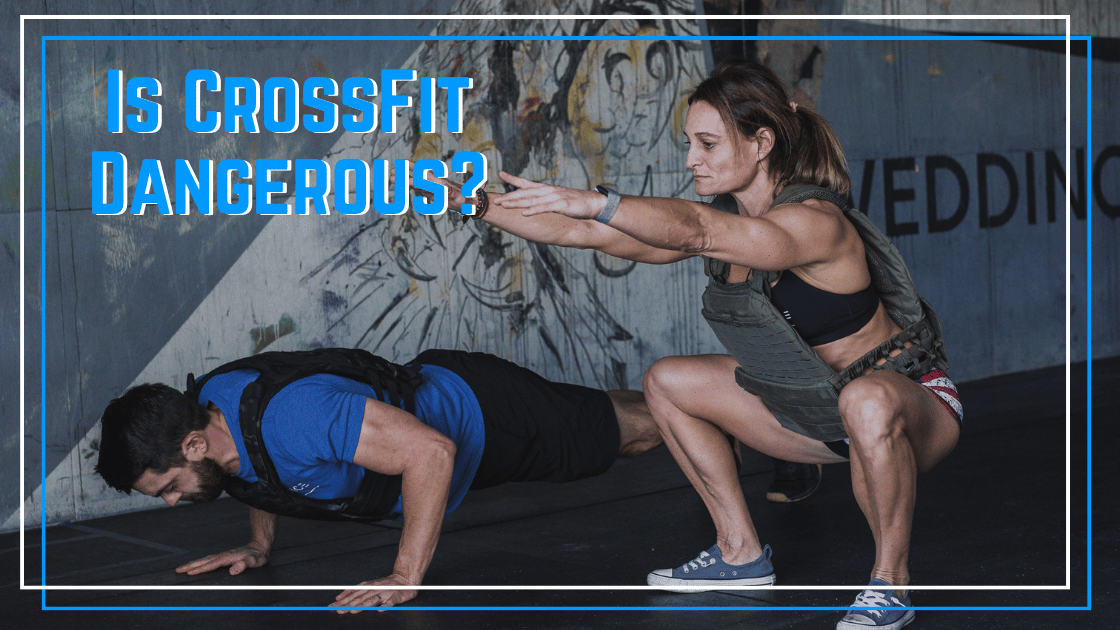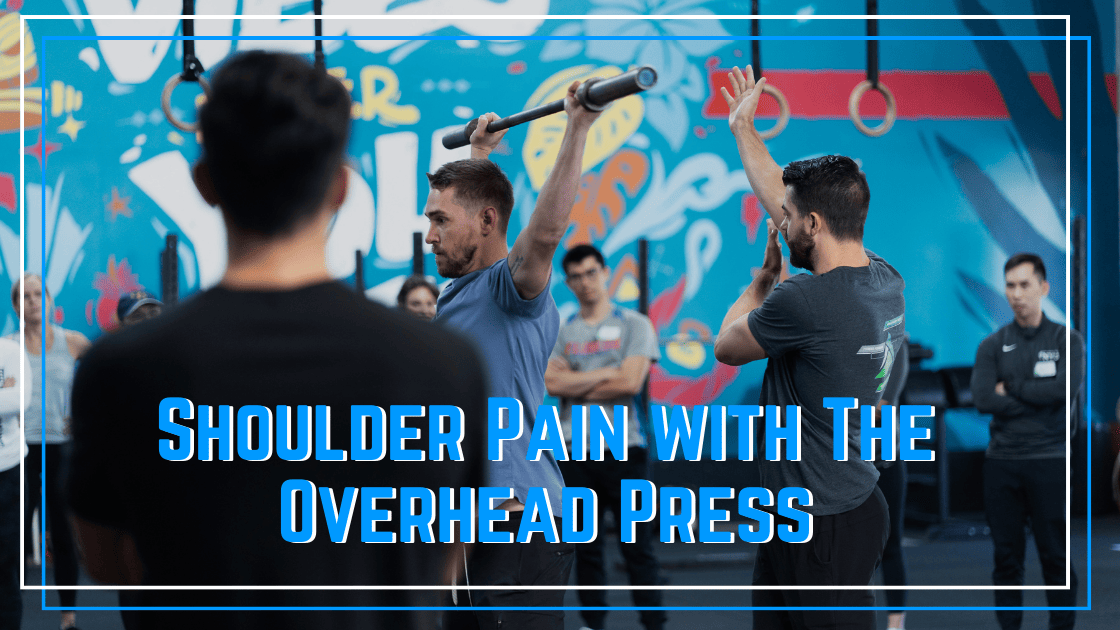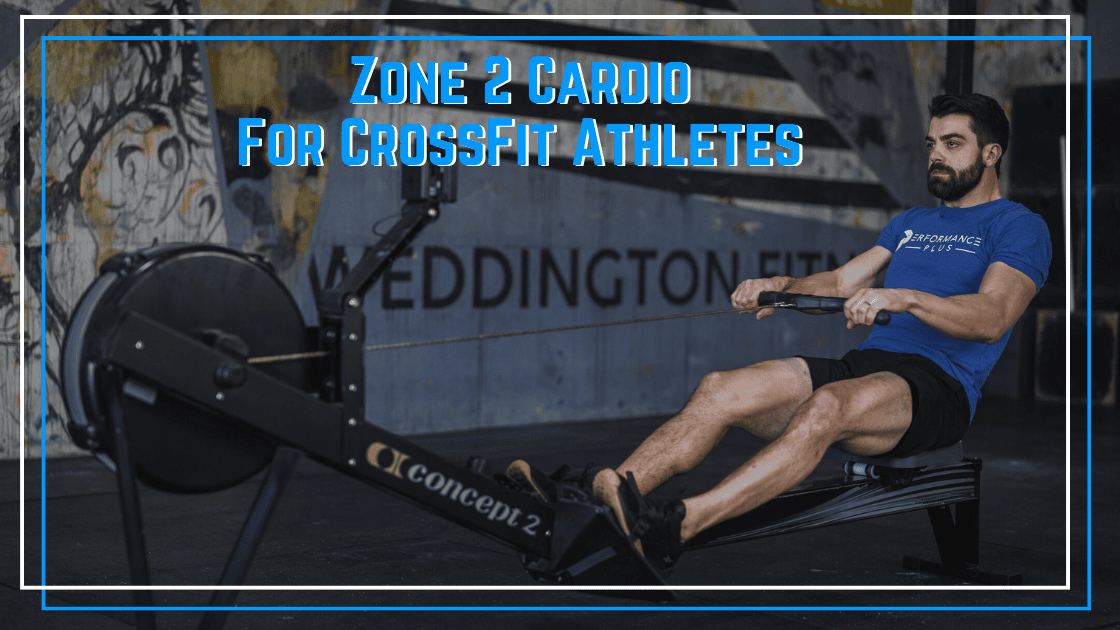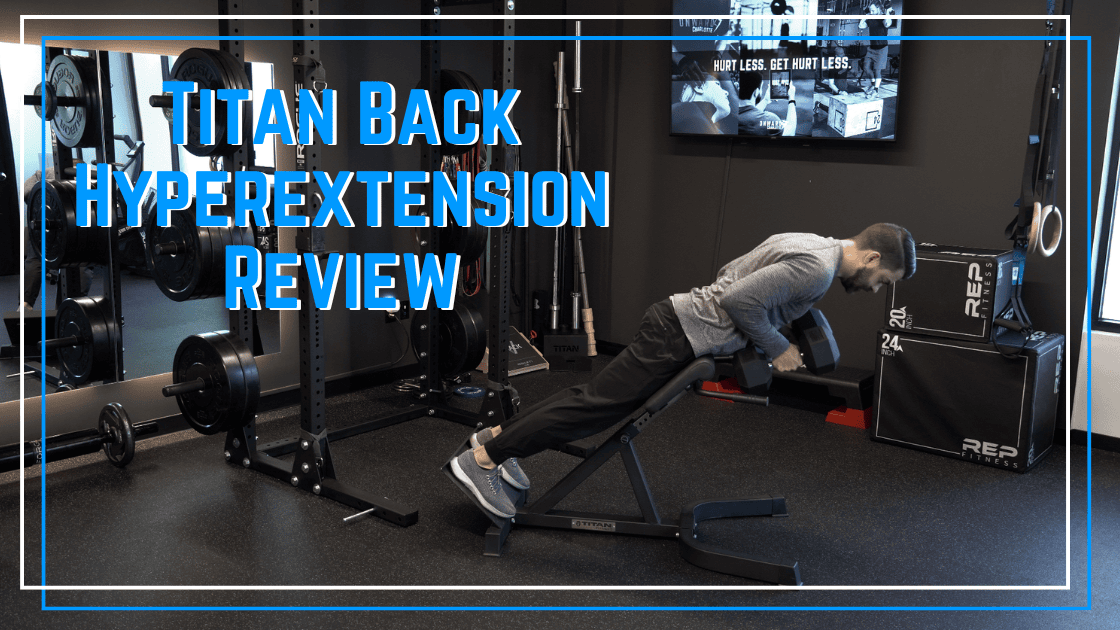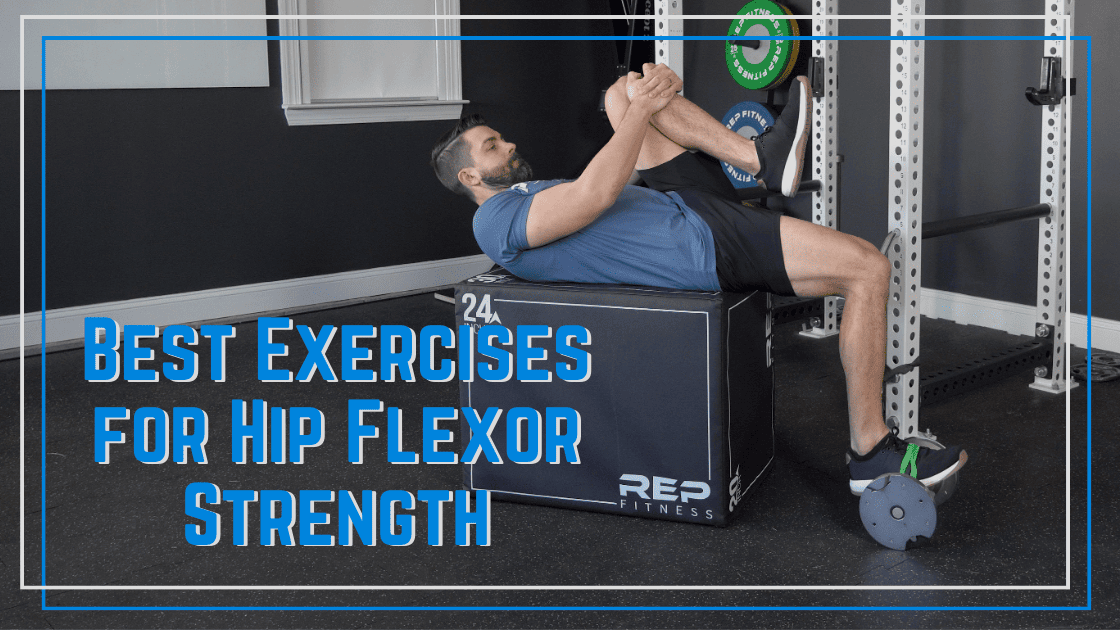Squatting with long legs can be very difficult. The length of your thighs impacts body positioning making hitting full depth more difficult than it is for shorter-legged athletes. But with a few simple adjustments, we can often rapidly improve positioning for better squat mechanics.
Watch the following video for 3 great tactics to help improve your squat if you’re struggling with your long legs!
For more help improving your mobility, access our FREE mobility checklist!
Squatting with Long Legs
Being an athlete with long legs comes with its own set of challenges. While long legs can be advantageous in certain sports, they can pose difficulties in other areas, especially when it comes to weightlifting exercises.
Maintaining an Upright Torso During Squats
Long legs can cause the hip joint to be positioned far behind the middle of the foot, making it challenging to maintain an upright torso during squats. Athletes with long legs then often have a more folded forward torso position as they squat. This forward torso position becomes even more difficult in exercises like overhead squats or front squats.
Strategies to Improve Mechanics and Positioning
Adjust Stance Width and Toe Out Angle
Athletes with long thighs should consider adopting a toe-out stance. This involves squatting or performing exercises with your toes pointed slightly outwards and a wider stance. The toe-out stance helps to shorten the length of your femur, the bone in your thigh, which in turn keeps your hip joint closer to the middle of your foot.
By implementing the toe-out stance, you can improve your mechanics by ensuring that your knees and hips are better aligned. This helps distribute the force more evenly, reducing the risk of strain or injury on your joints. It also allows for a smoother and more controlled movement, enhancing overall performance.
Improve Ankle Mobility
Another crucial aspect of mechanics and positioning is ankle mobility. Limited ankle mobility often causes a more forward torso lean just like the long legs do. Long legs plus poor ankle mobility makes squatting deep very challenging.
To overcome this limitation, focus on improving ankle dorsiflexion – the ability to flex your foot upward towards your shin. Ankle dorsiflexion plays a crucial role in knee drive and maintaining proper alignment.
By increasing ankle dorsiflexion, you bring your hip joint closer to the middle of your foot, resulting in improved mechanics and positioning
Elevated Your Heels
Elevating the heels can have a significant impact on your torso positioning while performing weightlifting exercises. By using heel elevation, such as weightlifting shoes or plates, you can effectively push your hips further forward, leading to improved torso positioning and better overall performance.

